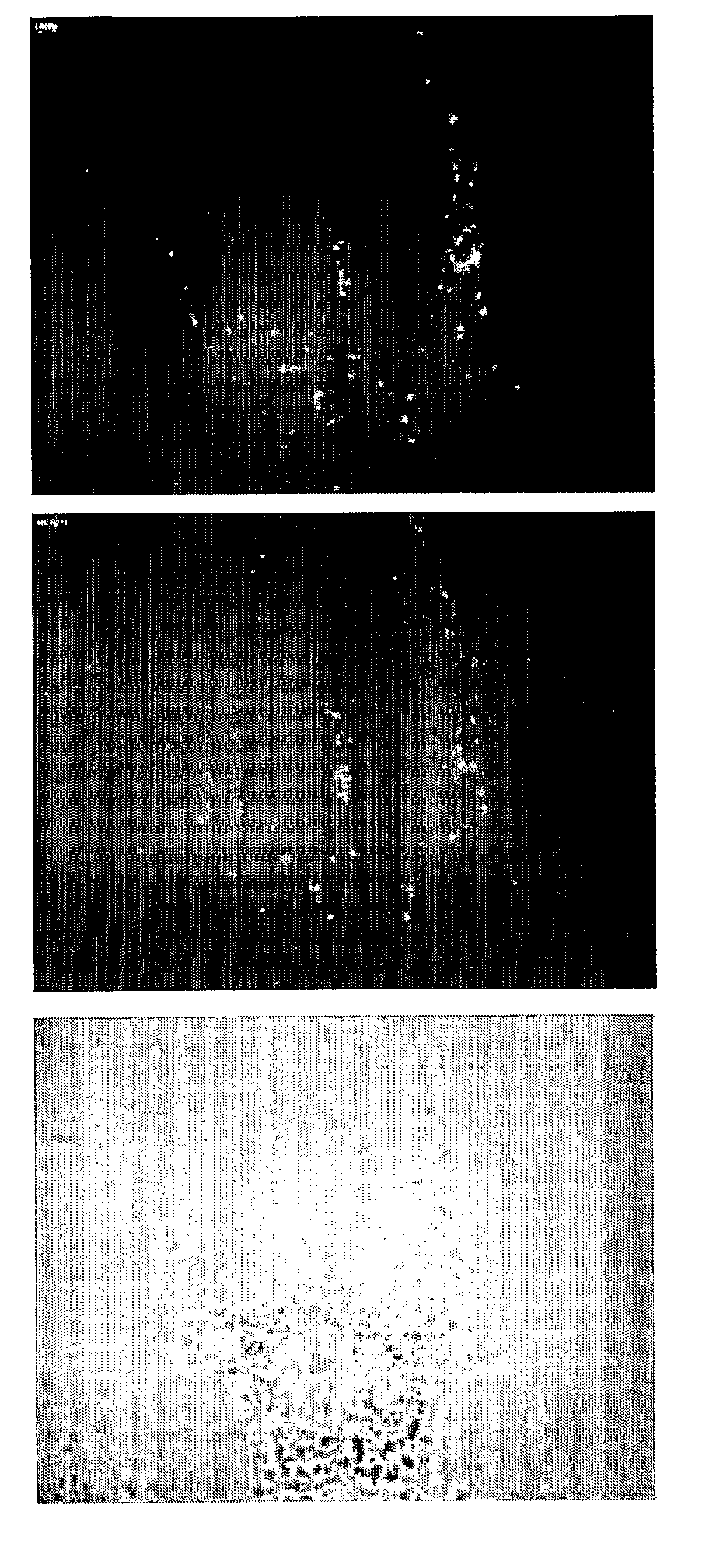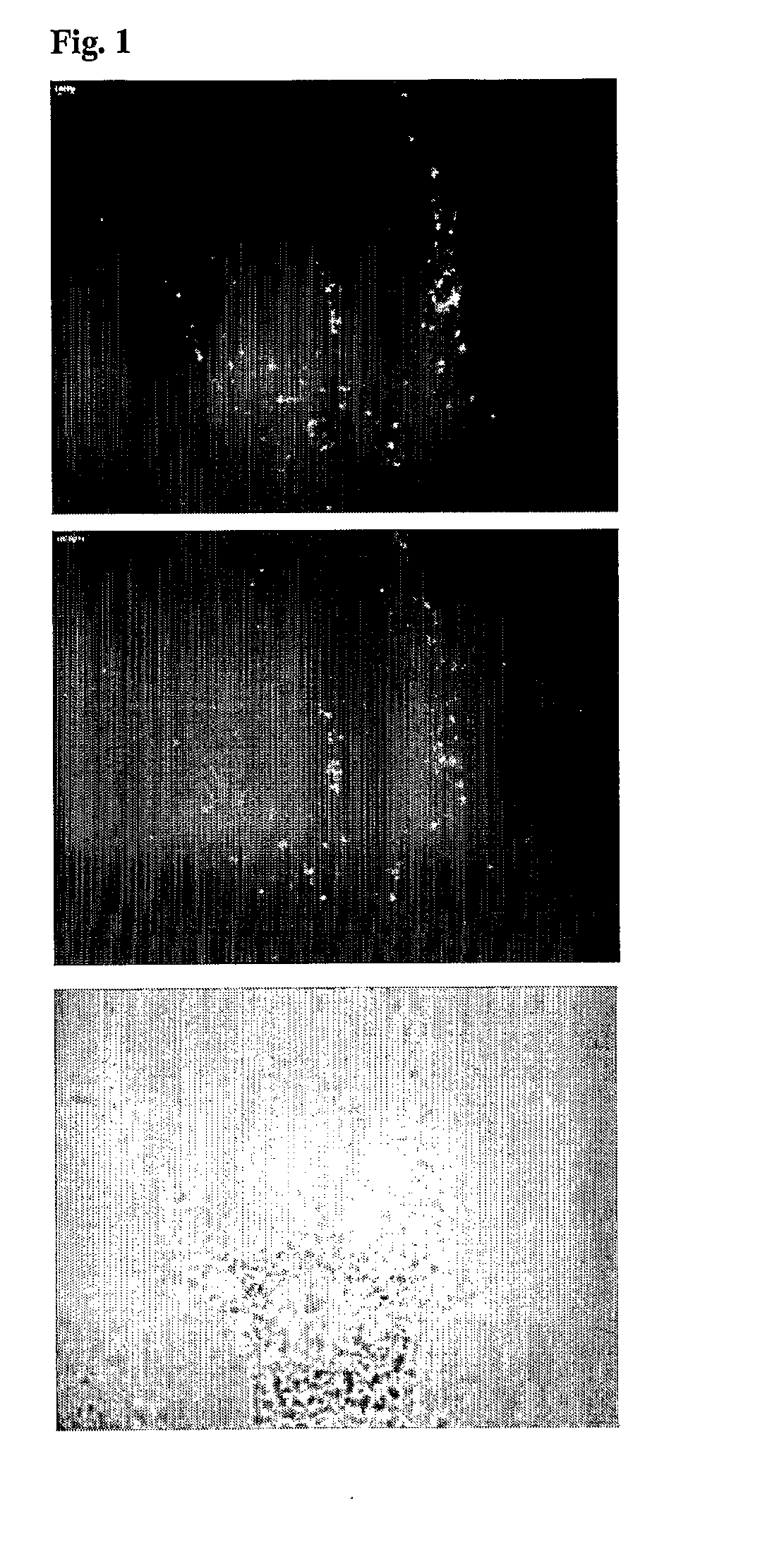Delivery System
a delivery system and delivery method technology, applied in the field of delivery systems, can solve the problems of limited use of biologically active compounds, many basic difficulties in radioisotope use, and the need for specially trained personnel, and achieve the effect of rapid accumulation inside the cell and enhanced diffusion
- Summary
- Abstract
- Description
- Claims
- Application Information
AI Technical Summary
Benefits of technology
Problems solved by technology
Method used
Image
Examples
Embodiment Construction
Definitions
[0098] Living cell (Cell)—refers to the self-replicating biological structure enclosed by an outer membrane and containing cytoplasm, organelles and nucleic acids (i.e. viruses, prokaryotic bacterial cells, protozoa and eukaryotic cells of higher species and multicellular organisms).
[0099] Carrier—rigid physical structure with nanosized core ranging between 1-100 nm.
[0100] Drugs—any chemical substances of therapeutic and / or diagnostic application. Nanoparticles are nanosized (between 1.0 and 100 nm) inorganic or organic particles with size dependent physical properties. These may include metal semiconductor, magnetic, organic or inorganic (e.g. polyhedral silsesquioxane) polymer nanoparticles.
[0101] Extracellular matrix—refers to the amorphous and fibrillar components of tissues and blood including collagen, laminin, fibronectin, vitronectin, their subtypes and combinations and other components thereof.
[0102] Coagulation components—refers to the entire plurality of f...
PUM
 Login to View More
Login to View More Abstract
Description
Claims
Application Information
 Login to View More
Login to View More - R&D
- Intellectual Property
- Life Sciences
- Materials
- Tech Scout
- Unparalleled Data Quality
- Higher Quality Content
- 60% Fewer Hallucinations
Browse by: Latest US Patents, China's latest patents, Technical Efficacy Thesaurus, Application Domain, Technology Topic, Popular Technical Reports.
© 2025 PatSnap. All rights reserved.Legal|Privacy policy|Modern Slavery Act Transparency Statement|Sitemap|About US| Contact US: help@patsnap.com



